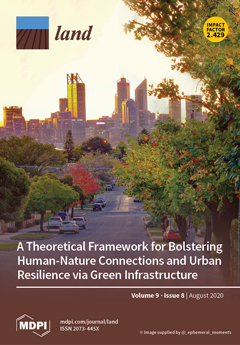Resource information
Long-term anthropogenic land use and land cover changes (LULCCs) are regarded as an important component of past global change. The past 300 years have witnessed dramatic changes in LULCC in China, and this has resulted in the large-scale conversion of natural vegetation to agricultural landscapes. Studies of past LULCC in China have mainly focused on cropland and forest; however, estimates of grassland cover remain rare due to the scarcity of grassland-related historical documents. Based on a qualitative analysis of trends in grassland cover in China and their driving forces, we devised different reconstruction methods for grassland cover in eastern and western China and then developed a 10 km database of grassland cover in China for the past 300 years. The grassland area in western China decreased from 295.54 × 106 ha in 1700 to 269.78 × 106 ha in 2000 due to the increase in population and cropland, especially in northeastern China (Heilongjiang, Jilin, and Liaoning), Gan-Ning, and Xinjiang. In eastern China, grassland is degraded secondary vegetation characterized by shrub grassland and meadow grassland, which is scattered in the hills and mountains; its area increased from 7.30 × 106 ha in 1700 to 16.43 × 106 ha in 1950 due to the increase in the degraded land caused by deforestation.


